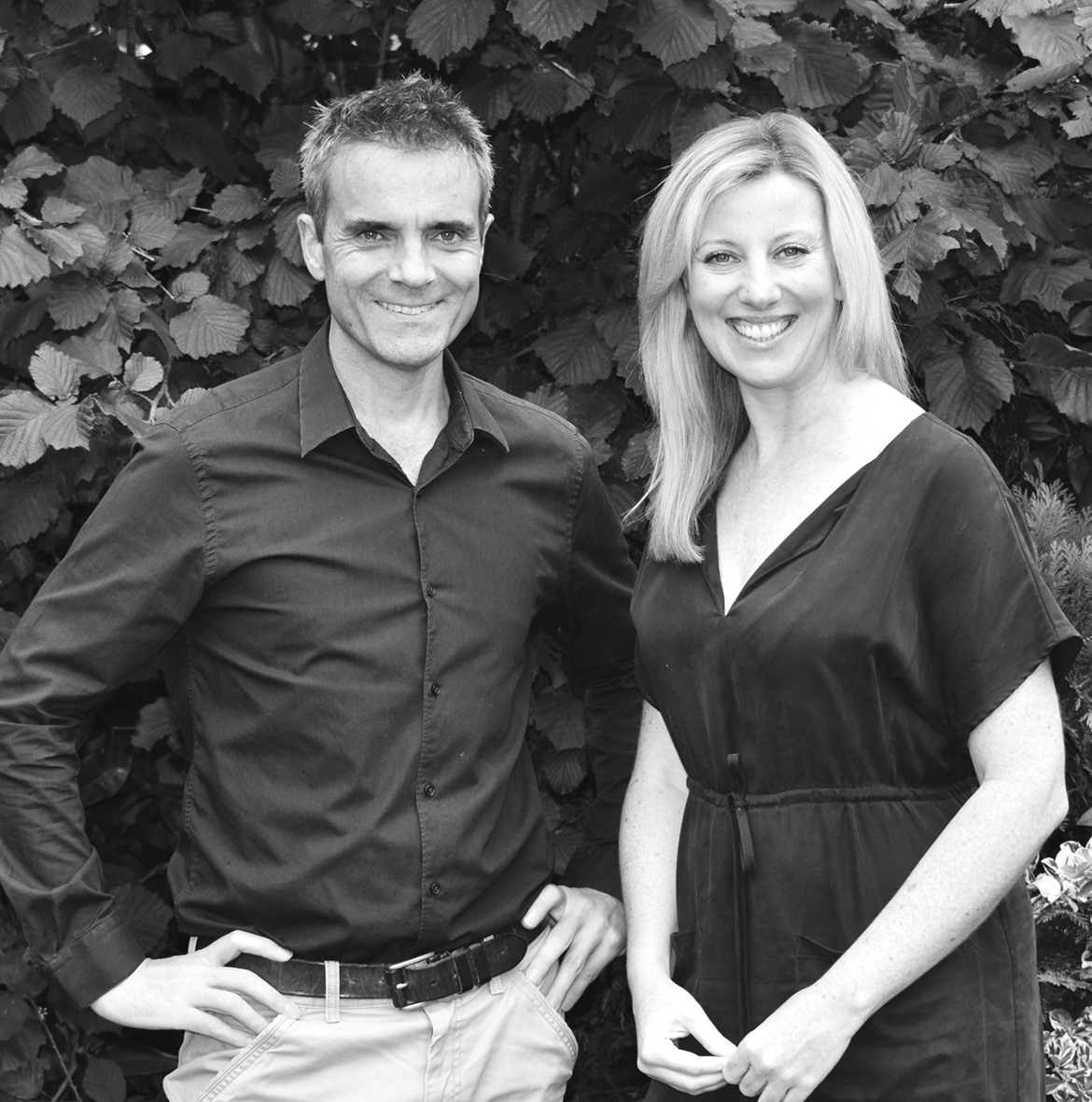Will there be a white Christmas?
However mild, wet or windy our previous Christmases in the UK have been, the dream of a white Christmas persists. There’s a whole industry built around the fantasy, but what about the reality?
Our winter weather guide explains what a white Christmas is and whether we are likely to have a white Christmas this year, plus a look back at some of our snowiest Christmases.
- Winter solstice 2023: when it is, how to celebrate and best sunset spots in the UK
- 30 of the UK’s most beautiful winter walks
- 12 fairytale towns and villages to visit this winter
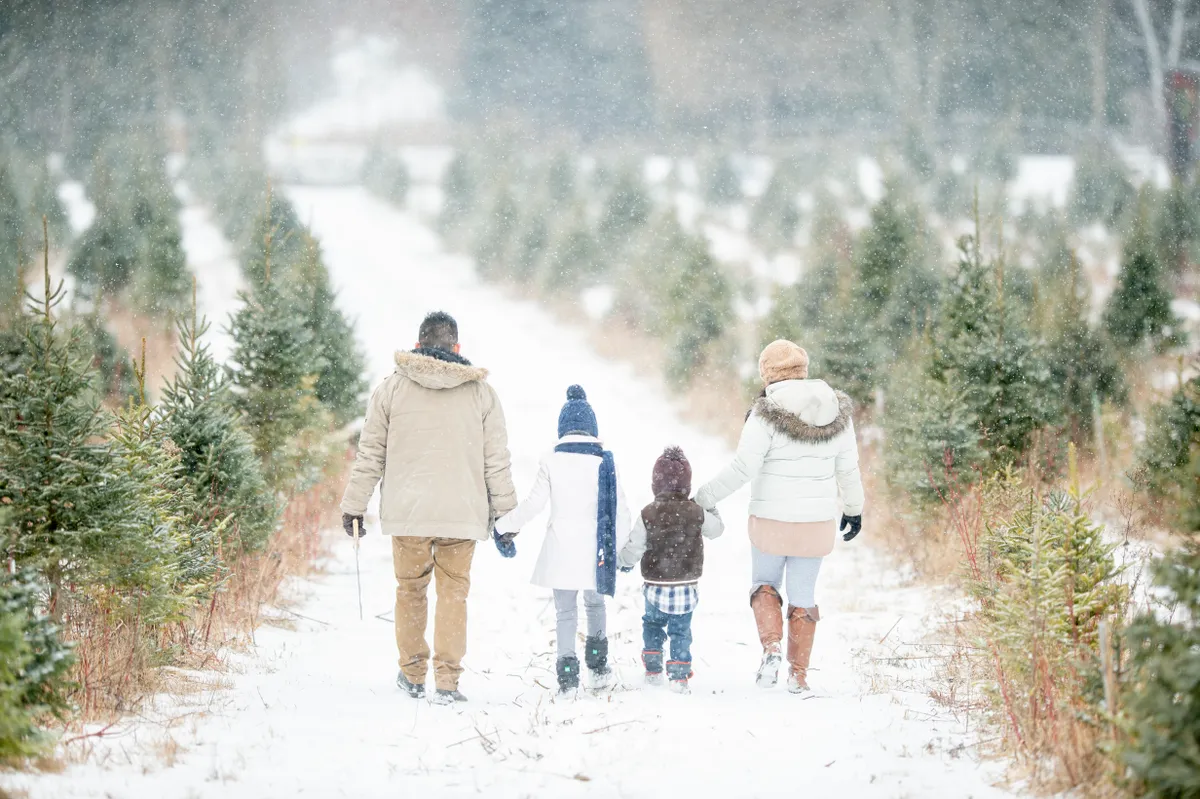
You may also like
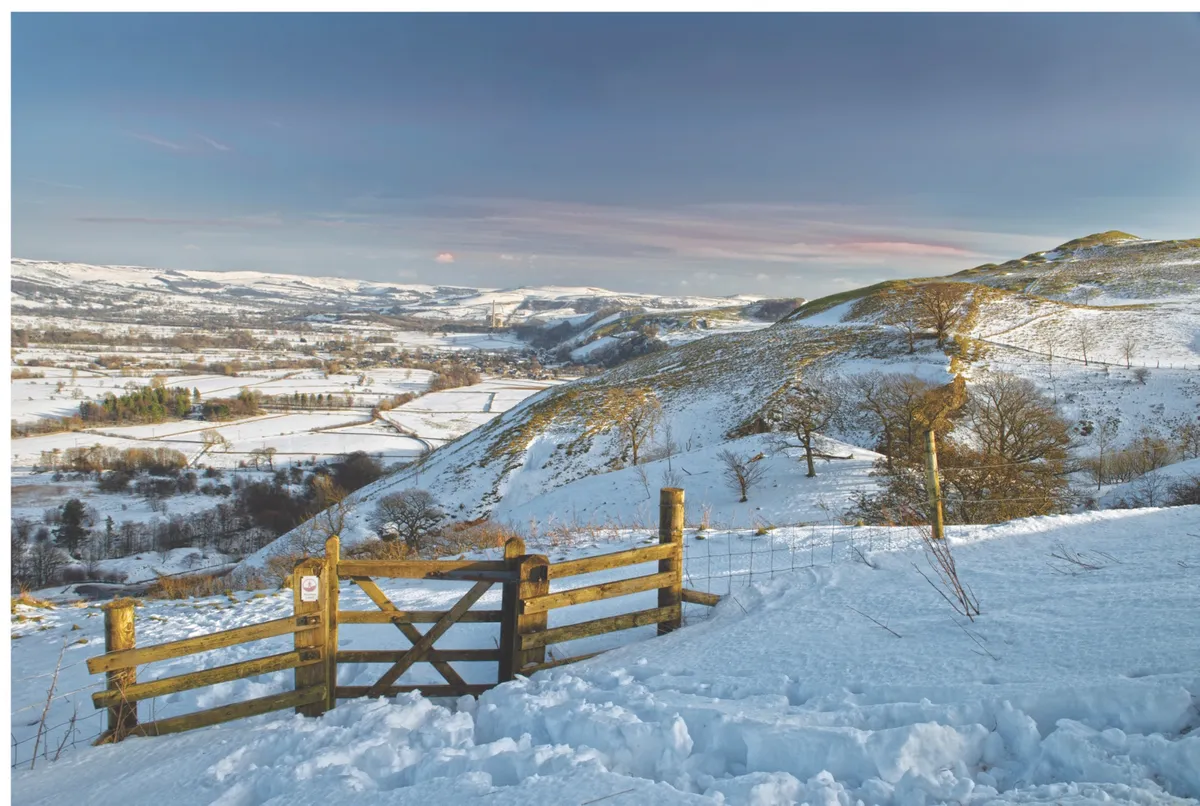
What is a white Christmas?
According to official long-standing records kept by the Met Office, a white Christmas only officially occurs if a flake of snow falls on the ‘Big Day’. There doesn’t even need to be any snow on the ground.
Surrounded by the warming influence of the balmy Atlantic Ocean, we really should be grateful for every flake we count each winter. If it happens to drift to earth on a particular late-December day, it’s surely a rare bonus?
White Christmases are more common than you might think. In fact, at least one snowflake has fallen somewhere in the UK on Christmas Day 38 times in the last 55 years. Perhaps to most people, though, snow-covered ground is what really ticks the Christmas box. Using this measure it is, of course, more unusual.
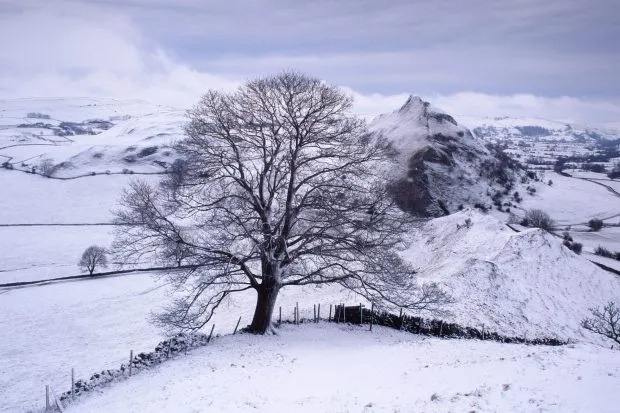
Where does our obsession with a snowy Christmas come from?
Charles Dickens has a lot to answer for. Many of his novels paint a picture of perpetual winter frost and snow - no more so than in A Christmas Carol. Dickens was born in 1812, amidst the coldest decade since the 1600s - the so-called “Little Ice Age”.
Snowy winters were commonplace. In fact, Dickens experienced six white Christmases in the first nine years of his life. Whatever the modern green-grey reality, it doesn’t stop a snowy blizzard of Christmas cards from falling through our letterbox over 200 years later.
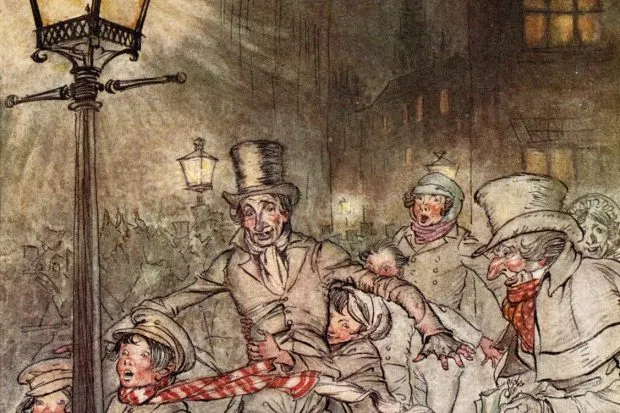
History of white Christmases in the UK
2010 - An icy blast from the past!
2010 saw a widespread snowy Christmas in the UK. It came towards the end of an historically severe spell – the coldest December for 100 years – in which widespread deep snowfall caused major disruption across much of the UK.
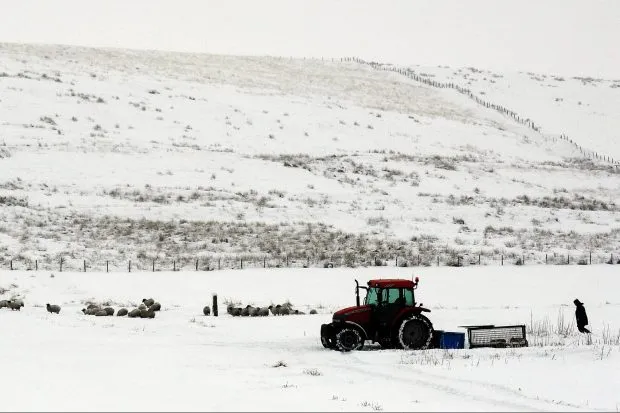
Repeated outbreaks of frigid air from the Arctic were the signature of this glacial spell. While Heathrow and other transport hubs suffered paralysis at times - delaying an escape to the sun for many thousands - rural communities saw the lowest temperatures and deepest snowfalls.
Livestock perished as several local temperature records were broken. The mercury fell to a new extreme low for Northern Ireland as -18.7 °C was recorded at Castlederg on the morning of the 23rd.
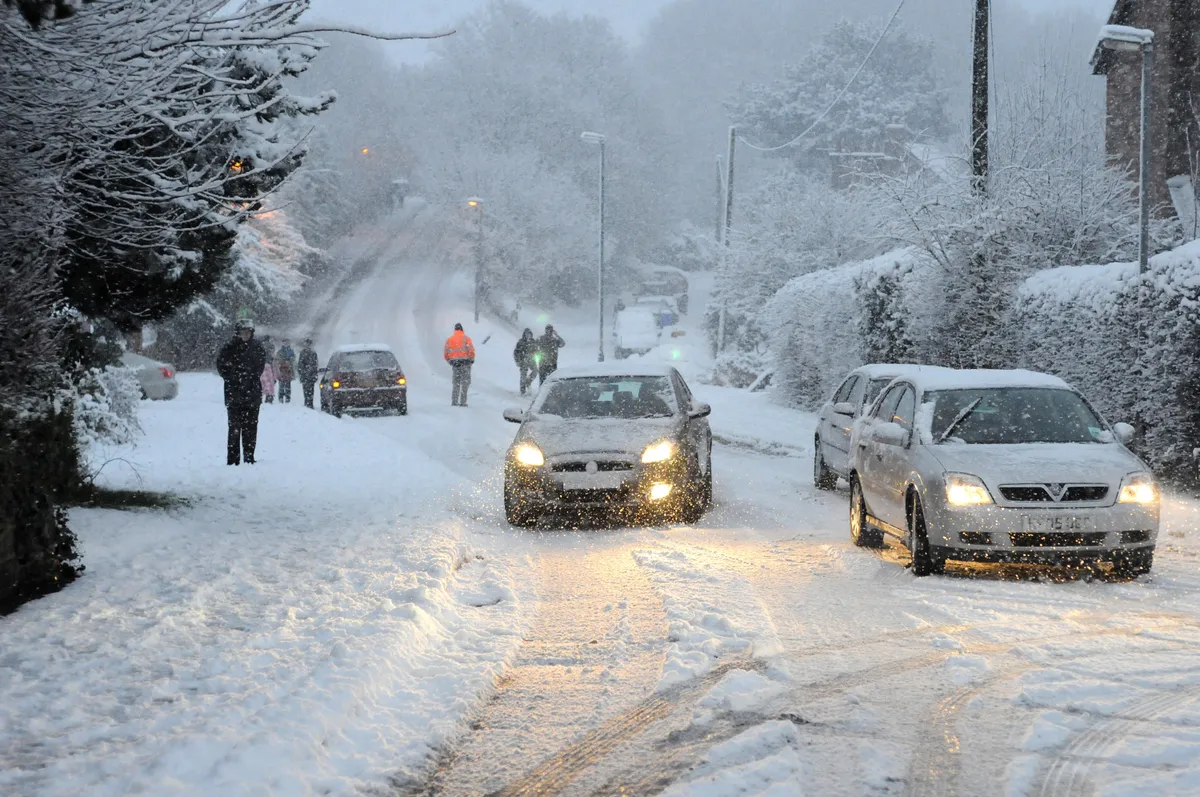
Christmas Day was deep, crisp and even - a true Christmas card scene. Daytime temperature remained well below freezing, (even in central London). There was snow on the ground at 83% of official recording stations across the UK - extremely rare in any age.
Then, just as the peak of festive fun faded away, so did the snow. A thaw spread from the west from Boxing Day onwards, ushering in a much more mundane late winter; but not before the sudden warmth brought the misery of burst water pipes to millions.
1962 - Little did we know what was to follow…
Christmas Day 1962 marked not the end, but the beginning of an even more historic winter.
December had seen a mixture of weather. Then on Christmas Eve, a cold front arrived over northern Scotland, turning rain to snow as it moved south. The snow-belt reached southern England on Boxing Day and then stalled, bringing falls of up to 30 cm. A further blizzard raged on 29th and 30th December across Wales and south-west England, causing snowdrifts up to 6 metres.
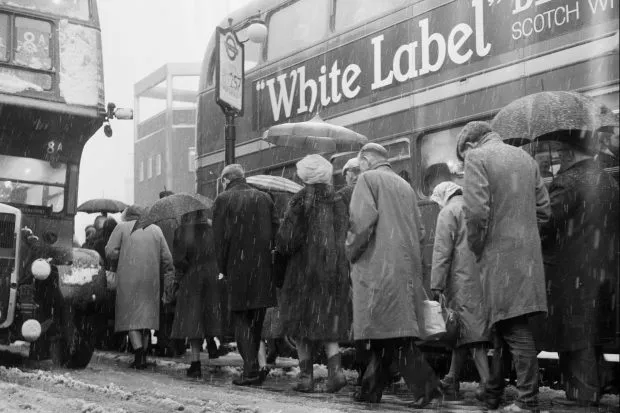
Effectively, Britain was no longer one island surrounded by water; it was hundreds of islands surrounded by snow! Roads and railways were blocked, telephone lines brought down, and some villages were left cut off for several days. The snow was so deep that farmers couldn't get to their livestock and many animals starved to death.
After the initial Arctic onslaught, it was often dry easterly winds from Siberia that characterised much of the rest of winter. The bitter cold continued almost relentlessly until March - a block of high pressure repeatedly preventing milder Atlantic winds from reaching us. The sea froze over as Winter 1962-63 became the coldest since 1740.
1927 - The Blizzard of ’27
For the classic Christmas Day snowstorm that even Charles Dickens would be proud of, we have to go back considerably further. Indeed few of us can now recall the ‘daddy’ of all White Christmases! The so-called “Blizzard of ’27” was one of the worst of the 20th century - the result of an ‘atmospheric collision’.
Cold northeasterly winds were already affecting many parts of the UK on Christmas Eve. At the same time mild southwesterlies were wafting into southern England. Where the two winds converged, towering rain-clouds brought a wet start to Christmas Day for many.
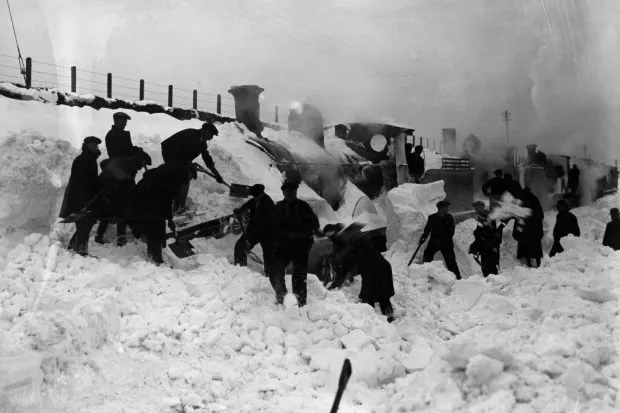
However, inexorably, the Arctic won out. With perfect timing, those glancing out of the window, while feasting on turkey and mince pies, would have noticed drops turning steadily to flakes. By Christmas night, many southern and southeastern counties were snowbound.
Conditions the next day worsened. The blizzard raged on as heavy snowfalls and a gale force northeasterly wind brought severe drifting. Villages were cut off by drifts up to 6-7 metres and food supplies had to be air-dropped. Transport was virtually paralysed, with train services seriously cancelled or, worse, marooned in drifts. Even in central London, depths of snow were approaching 25cm. By the 27th, high pressure had built across northern parts and the south became drier but with a bitingly cold easterly wind. The snow cover was to last until the New Year.
Will we have a white Christmas in 2023?
Could it really happen this year? Will the sledge continue to gather cobwebs or could it get a rare Christmas workout? In case you forget, it’s hanging at the back of the shed, by the way.
Look out for winds from the north or the east, being pushed towards us by high pressure. Clear skies and frosty weather will pre-condition the UK with a reservoir of cold air above us.
Next we need moister air to arrive into that 'fridge' - usually as weather fronts approach. As this moisture hits the cold air, it crystallises into snow clouds
If we’re pinning our hopes on a repeat of the historic snowfalls of the past, then we may be skating on thin ice. However, strange things can happen.
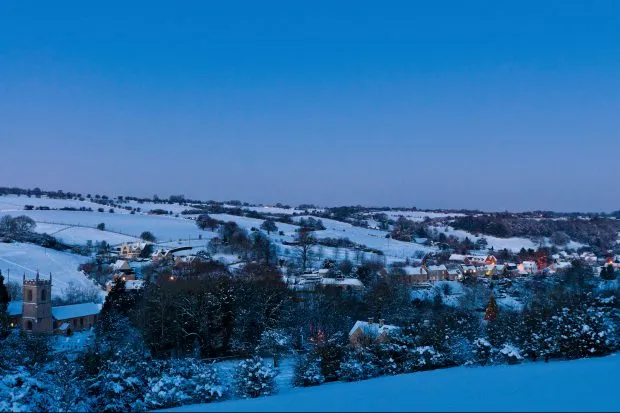
About weathertrending
With nearly 40 years of weather broadcasting expertise between them, meteorologists and presenters Sara Thornton and John Hammond love talking about weather - extreme or otherwise! At weathertrending.com and on social media @weathertrending, they blog about their passion for weather, and how it affects the way we live, every day. Working with household names in the retail and leisure sectors, they create and tailor bespoke weather content for a range of audiences.
